A gentle bear, a sweet tooth, and not the brightest of creatures—that’s what the average person knows about the Ursidae family. Oh, and they hibernate! But there are plenty of clichés and myths surrounding bears that it’s time to dispel. In the Top Ten Largest Bears, you’ll discover amazing facts about these mighty and mysterious creatures.
1 Giant Short-Faced Bear – 1,400 kg

The Giant Short-Faced Bear stood 1.5 to 3 meters tall, occasionally reaching up to 3 meters, and measured 3.5-4.5 meters in length. This beast lived during the Ice Age, and there were no predators of equal size. Modern bears can move quickly when necessary, but the short-faced bear was likely even faster, thanks to its long and agile limbs.
2 Giant Polar Bear – 1,200 kg
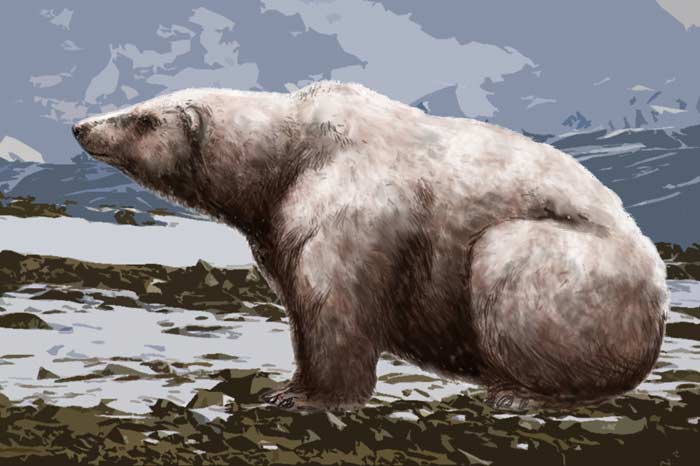
The Giant Polar Bear was another extinct predator, much like its modern relative, subsisting solely on meat. It measured up to 4 meters in length and weighed up to 1.2 tons, making it a terror in Northern Europe. However, the end of the Ice Age brought bad news for this creature, as dwindling prey led to its extinction.
3 Polar Bear – 1,200 kg
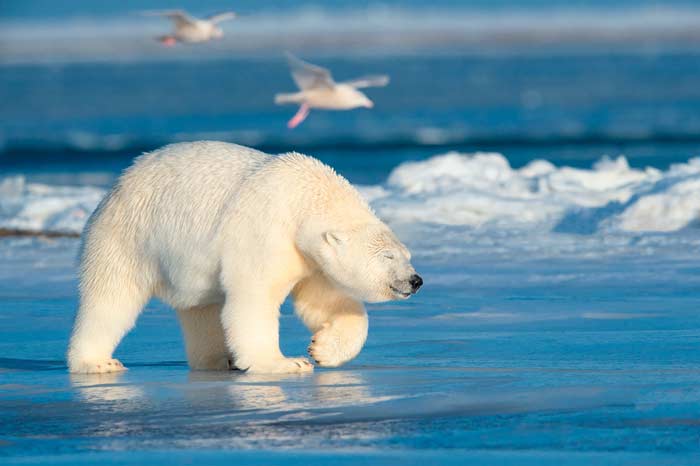
If the polar bear has shrunk through evolution, it hasn’t been by much. It remains the largest predator on our planet. Standing up to 2 meters at the shoulder and up to 3.5 meters in length, they are also carnivores. Interestingly, only female polar bears hibernate.
4 Kodiak Bear – 1,000 kg

Scientists believe that Kodiak bears are descendants of cave bears, which dominated the planet around 300,000 years ago. These cave bears disappeared 15,000 years ago, likely due to human activity. However, a limited population of these massive bears, with a pleasant orange-tinged coat, survives on Kodiak Island.
5 Siberian Brown Bear – 800 kg
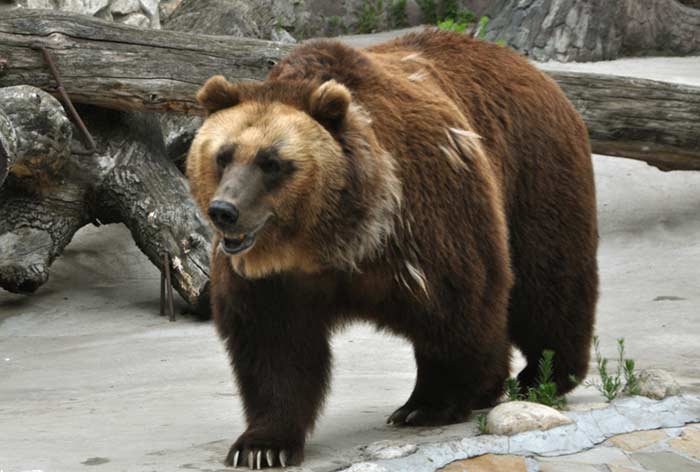
The largest subspecies of brown bear inhabits Siberia and northern provinces of China. Measuring up to 2.5 meters in length and weighing up to 800 kg (in males; females are smaller), the Siberian brown bear is unique in that both sexes hibernate. These bears can live up to 45 years!
6 Cave Bear – 800 kg
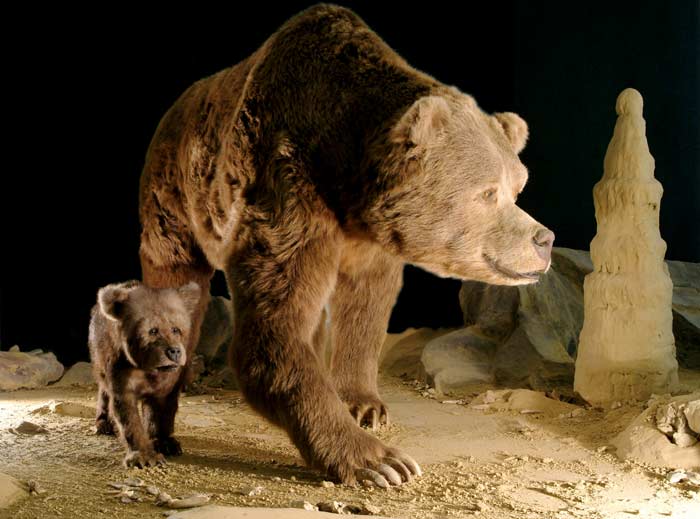
Unlike the giant short-faced bear or the giant polar bear, cave bears were herbivores, yet they grew up to 3.5 meters in length. These bears truly had a shuffling gait, with short legs and a massive head.
7 Grizzly Bear (American Brown Bear) – 450 kg
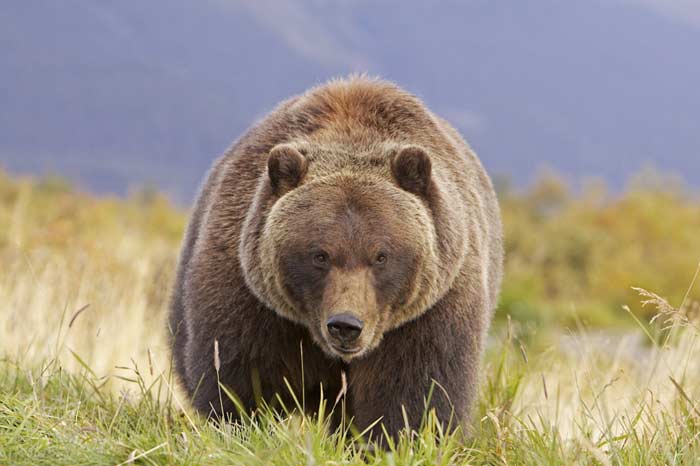
Although many think that grizzlies are a separate species of bear, they are actually just a subspecies of the brown bear, the most widespread bear species today. Grizzlies mainly inhabit Canadian forests and Alaska and are noticeably smaller than their Siberian relatives. But at 450 kg, they are still formidable!
8 American Black Bear – 360 kg
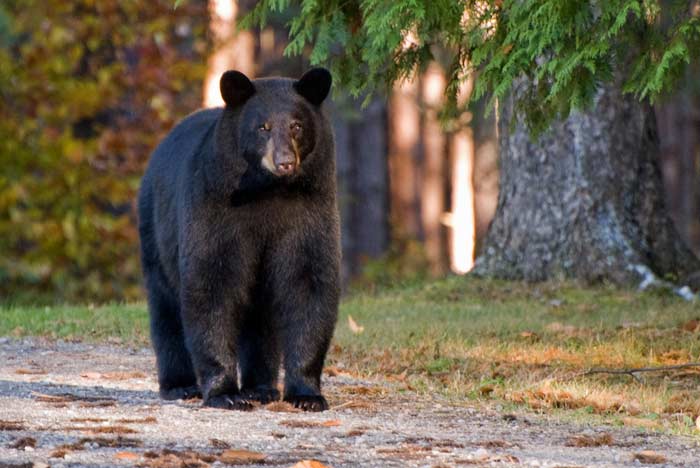
The American black bear, the third largest bear species in North America, is widespread across the continent, excluding only the hottest states and Mexico. They grow up to 2 meters in length and do not hibernate!
9 Kermode Bear (Spirit Bear) – 300 kg
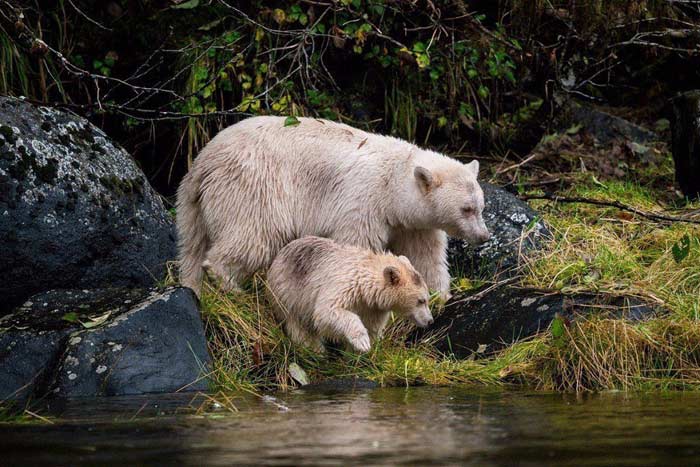
In Canada, there is another bear that is not well known to the public, yet ranks among the largest bears on the planet. This is the Kermode bear, or as the indigenous people call it, the spirit bear. The largest individuals grow to the height of a tall man but weigh around 300 kg!
10 Syrian Brown Bear – 250 kg

This nearly extinct species inhabits the Middle East. The bear has a beautiful “coffee with milk” coat, although its fur isn’t very long. Unfortunately, scientists estimate that only 250 individuals remain in the wild. This bear also does not engage in prolonged winter hibernation.


